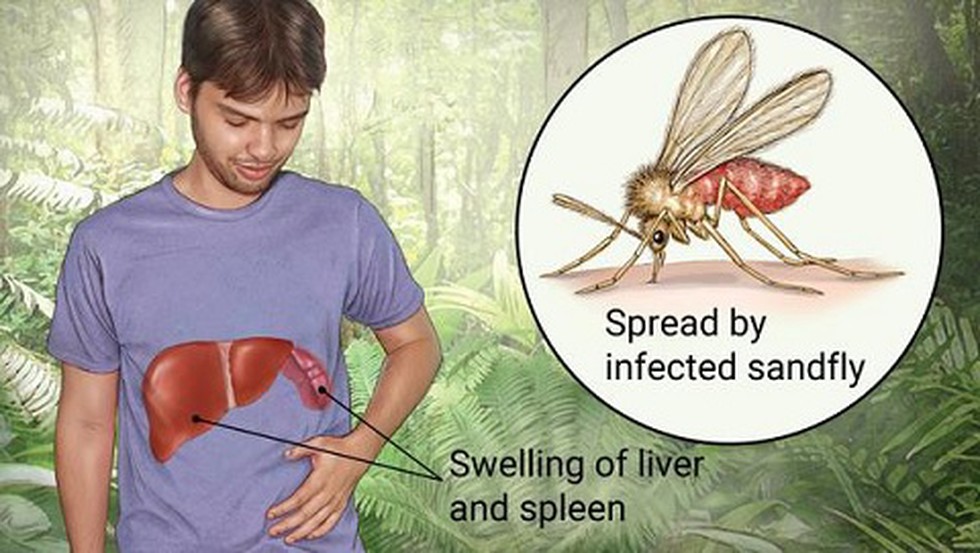Leishmaniasis:
- It is a disease caused by parasites of the Leishmania type. It is spread by the bite of certain types of sandflies.
- It is classified as a neglected tropical disease.
- The disease can manifest in three ways:
- CUTANEOUS form presents with skin ulcers.
- MUCOCUTANEOUS form presents with ulcers of the skin, mouth, and nose
- VISCERAL form starts with skin ulcers and then later presents with fever, low red blood cells, and enlarged spleen and liver.
Visceral Leishmaniasis (VL):
- It is also known as kala-azar, black fever, and Dumdum fever.
- The parasite is spread to humans by bites from infected female sand flies. It attacks the immune system, and is almost always fatal if not treated.
- This parasitic disease is confined to humans.
- In this, the parasite migrates to the internal organs such as the liver, bone marrow and spleen (hence "visceral").
- This disease is the second-largest parasitic killer in the world (after malaria).
- It has a high fatality rate. If untreated, it can kill within two years of the onset of the ailment.
